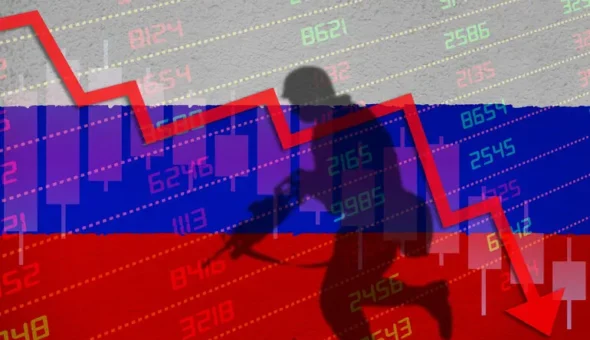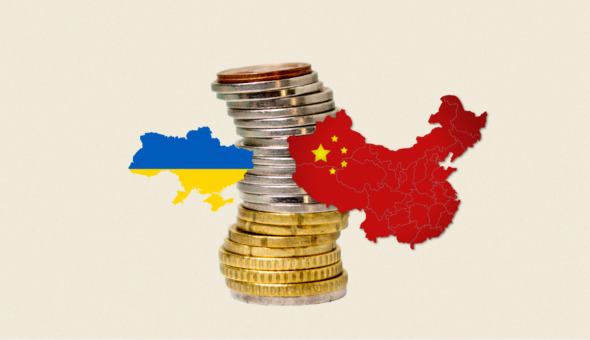
The concepts of the “European Union” and “democracy” are closely associated in the perception of many Ukrainians. This perception is not unfounded. Indeed, the stability of the institutions that guarantee democracy and the rule of law is one of the three basic criteria for joining the Union. A reputable rating of The Economist’s Democracy Index of 2022 defines the vast majority of EU member states as “full-fledged democracies” (less than one third of the European countries have a “flawed democracy” status).
The report indicates that most of the European countries manage to maintain a high level of development of democratic institutions, despite the growing concerns regarding their efficiency. The EU policy also plays a significant role in keeping up to high standards by coordinating the efforts of member states to uphold basic democratic values. In this article, we will review the initiatives proposed by the EU structures to address the most significant challenges to democracy.
Direct democracy instruments
The excessive bureaucratization is traditionally one of the biggest challenges in the political life of the European Union. At the beginning of the 21st century, EU representatives recognized that the Union needed instruments of direct democracy, similar to those operating in Switzerland. During 2007-2011, the European Citizens’ Initiative was developed, which allows citizens of EU countries to independently and directly make proposals regarding EU policies to the European Commission.
It takes a significant effort to have the European Commission consider a proposal. First of all, an initiative group of citizens from at least 7 EU countries registers its initiative on the EC website. Then, within a year, the initiative must gather one million signatures from EU citizens (with a certain minimum number of votes for each of the member states). Further, within the framework of clearly defined terms, the author of the initiative receives the right to speak first in the European Parliament. Later, an official justified response from the European Commission regarding the possibility of making any amendments to the EU legislation based on the initiative is provided.
During over a decade, 100 initiatives have been registered on the EC website. However, only 9 of them managed to collect the required number of signatures. For instance, the initiatives such as Right2Water resulted in amendments to the Drinking Water Directive, while the Stop Vivisection initiative against the use of animals in scientific experiments led to a series of non-legislative measures.
In Ukraine, a similar electronic petition instrument has been operating since 2015 as a consultative instrument, showcasing the adoption of the best European practices. A petition must receive at least 25,000 signatures to be considered by the central state bodies – the President, the Verkhovna Rada, or the Cabinet of Ministers. The state body has to review and to respond to the petition within 10 days after it collected the required number of signatures. Since 2015, numerous e-petitions have successfully drawn Ukrainian authorities’ attention to various issues. Notably, e-petitions played a crucial role in the ratification of the Istanbul Convention and the revision of a controversial law on state officials’ asset declarations.
When compared to the European Citizens’ Initiative, the Ukrainian e-petition instrument boasts a less complicated submission procedure, but carries a higher risk of being neglected by officials.
Protecting democracy in the field of information policy
One of the major contemporary challenges to democracy is the manipulation of public opinion, which emerged with the proliferation of Web 2.0 technologies. Notably, recent major election campaigns have demonstrated the effectiveness of spreading misinformation inside particular social groups through targeted advertising based on users’ personal data. One of the most prominent cases of such interference was the utilization of deep data analysis technologies by Cambridge Analytica during the 2016 Brexit referendum in the UK. The ability of targeting vulnerable social groups with manipulative or disinformation messages obscures the election process. Another issue is the lack of protection of the advertising campaigns from foreign influence. Additionally, the nature of advertising on social networks can lead people to overlook the fact that the posts they see are political advertisements.
All the problems described above prompted European politicians to seek a common solution for the EU countries that would restore confidence in the electoral process.
The preparation of the Regulation on transparency and targeting of political advertising began in January 2021. Today, the text of the Regulation is being finalized in the committees of the European Parliament. Most likely, it will be adopted before the end of the year, and the changes will take effect before the new elections to the European Parliament in 2024.
The regulation will require ISPs to prominently label political ads, including information about funding sources and connections to specific elections. Providers must retain advertising information and customer data for five years, making it accessible to public organizations, journalists, and observers.
Targeting possibilities for political advertising will be significantly narrowed under the new regulation. To protect the electoral system from foreign interference, the regulation also restricts cross-border advertising, allowing it only if the service provider has a legal representative in the country where the advertising is placed.
Political advertising in Ukraine is not adequately regulated. While Ukraine is not obliged to implement the aforementioned regulation before joining the EU, it is in the nation’s best interests to adopt the best European practices in regulating political advertising to safeguard key democratic procedures.
Alongside the improvements of more transparent political advertising, the European Commission is also working on enhancing media regulation. These innovations stem from the recognition that the influence of the media on society today is so significant that the national-level regulations alone are not sufficient.
Globalization of the media market, cases of interference with the freedom of speech in individual EU countries, and informational threats from the propagandist media (primarily russian) have emphasized the need to strengthen common media regulation for the EU countries.
Currently, the European Parliament is considering the European Media Freedom Act. Some of the key innovations in the Act include the establishment of a new body called the European Council on Media Services, tasked with coordinating the work of media regulators; enhanced control over the transparency of media ownership and the procedure for appointing media managers; and ensuring transparency in state media funding, as well as securing stable funding for public media. The implementation of this last innovation could pose a significant potential challenge for Ukraine, as insufficient financing of public broadcasting is already a common issue in cultural policy advocacy for many national governments.
While EU decision-making processes may not always be swift, the successful practices of adopting regulations that address urgent challenges demonstrate the EU’s ability to effectively respond to the threats to its core values and to take a strategic approach in shaping up relevant policies. For the successful accession to the European Union, Ukraine should learn from the European best practices, as not all challenges can be effectively mitigated through directives alone.
Andrii Liubarets
medianalyst of the Euroscope project
This publication has been made within the frameworks of the MATRA Programme supported by the Embassy of the Kingdom of the Netherlands in Ukraine. The opinions expressed are those of the author(s) only and should not be considered as representative of the Embassy’s official position





